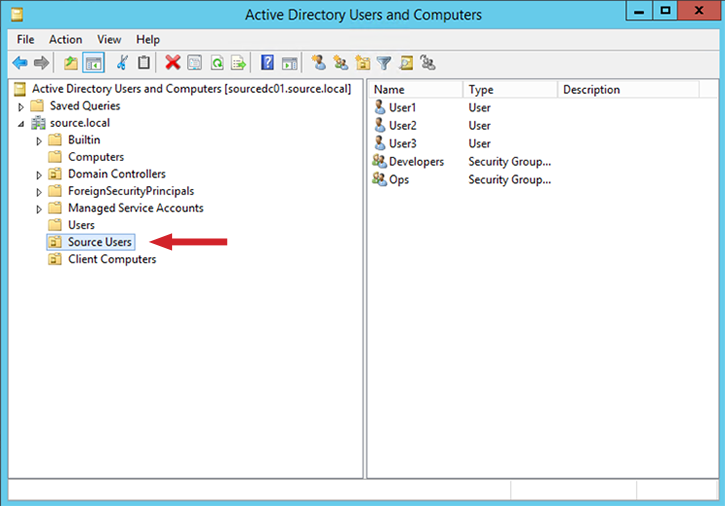- Blog
- Home
- Xauth Key Data Not Generated
- Key Generator To Generate A Valid Serial
- Gta Iv Eflc Product Key Generator
- Key Generator The Sims 4.zip
- Python Cryptography Generate Rsa Key
- Generate 128-bit Aes Secret Key In Java
- Microsoft Visual Studio 2010 Activation Key Generator
- Mcafee Livesafe Product Key Generator
- Microsoft Office 2010 Pro Product Key Generator
- Microsoft Word 2014 Product Key Generator
- 128 Bit Hex Wep Key Generator
- Generate Rsa Key Cisco Ios
- Age Of Empires Ii Hd Edition Steam Key Generator
- Ashampoo Burning Studio 12 Key Generator And Activator
- Bouncy Castle Generate Key Pair
- Hr 4 Generations Key Quest
- Free Steam Key Generator No Survey 2017
- Srs Audio Essentials Key Generator
- Particle Device Doctor Error Generating Keys
- Admt Unable To Generate Encryption Key
- Windows Xp Telephone Activation Key Generator
- Windows 7 Key Code Generator
- Sony Vegas Pro Serial Key Generator
- Gta 5 Pc Cd Key Generator Free Download
- Algorithm Generate Private Key Rsa
- Battlefield 4 Premium Key Generator Ps4
- Wifi Password Key Generator Free Download Apk
- Generate A Public And Private Key Pair
- Mak Key Generator Office 2010
- Generation Zero Loud And Clear Key
- Wc3 Roc Cd Key Generator
- Generator For Keys And Values Java
- Php Artisan Key Generate Reset
- Generate Ssh Key Pair Puttygen
- Rsa Key Generator For Juicessh
KB ID 0001306
Problem
Back in Part One we setup our migration admin account, and installed ADMT. Now, as I’m going to migrate the users passwords I need a ‘Password Export Server‘, but first I need to tackle the subject of user SIDs
Solution
Domain Migrations and SID Filtering

Every user has a SID (Security Identifier) it’s the thing AD uses to refer to and apply security to users, (and other objects). This is why you can rename a user and it’s security does not change, (because the SID always remains the same). Why is this important for domain migrations? Well if you’re a doing a migration that’s taking place over a period of time, users in the NEW domain may still need access to things IN the OLD domain, (like file shares, printers, applications etc).
This is a problem because when you setup a domain trust it Enables SID filtering, back in part one it told you this, here. So if a user in newdomain.com tries to access a folder, (they could access before the migration,) in olddomian.com they wont be able to do so, (because their SID has changed, to a new SID in the new domain. Even if you migrated their old SID if get’s filtered out as the user comes back over the trust).
How do we fix that? We need to do two things,
- Migrate the users old SID to newdomain.com (This then become their, sIDHistory attribute)
- Disable SID filtering in olddomain.com (To allow the sIDHistory attributes to come back over the trust)
Migrating the users SID is simple, (it’s just a box you tick when running a migration, you will see that later). Disabling SID filtering can be a little confusing. Where do you do it, and which way round do you execute the command? Above I’ve solved the first one for you you Disable SID Filtering on the OLD domain. The following diagram will explain why;
Usually users DON’T have a sIDHistory. attribute, (unless they’ve been migrated before!) They only have a SID (objectSID attribute.) To demonstrate let’s jump forward in time, and look at a migrated user (ABarksdale)
Click to enlarge the above image, and inspect the users SID (objectSID) and old SID (sIDhisttory) attributes.

In the olddomain.com;
objectSID: S-1-5-21-227018303-3265311450-382577
